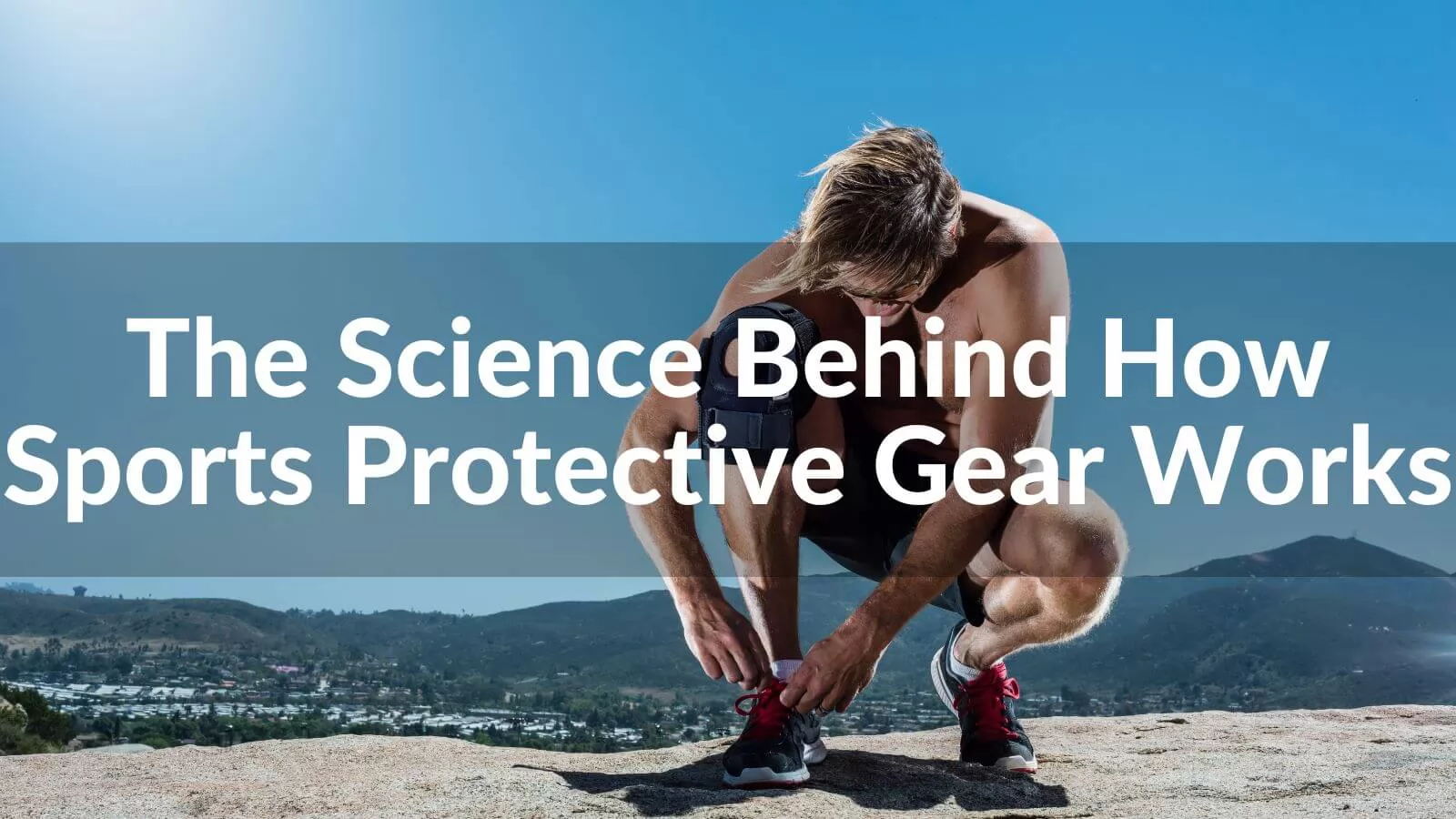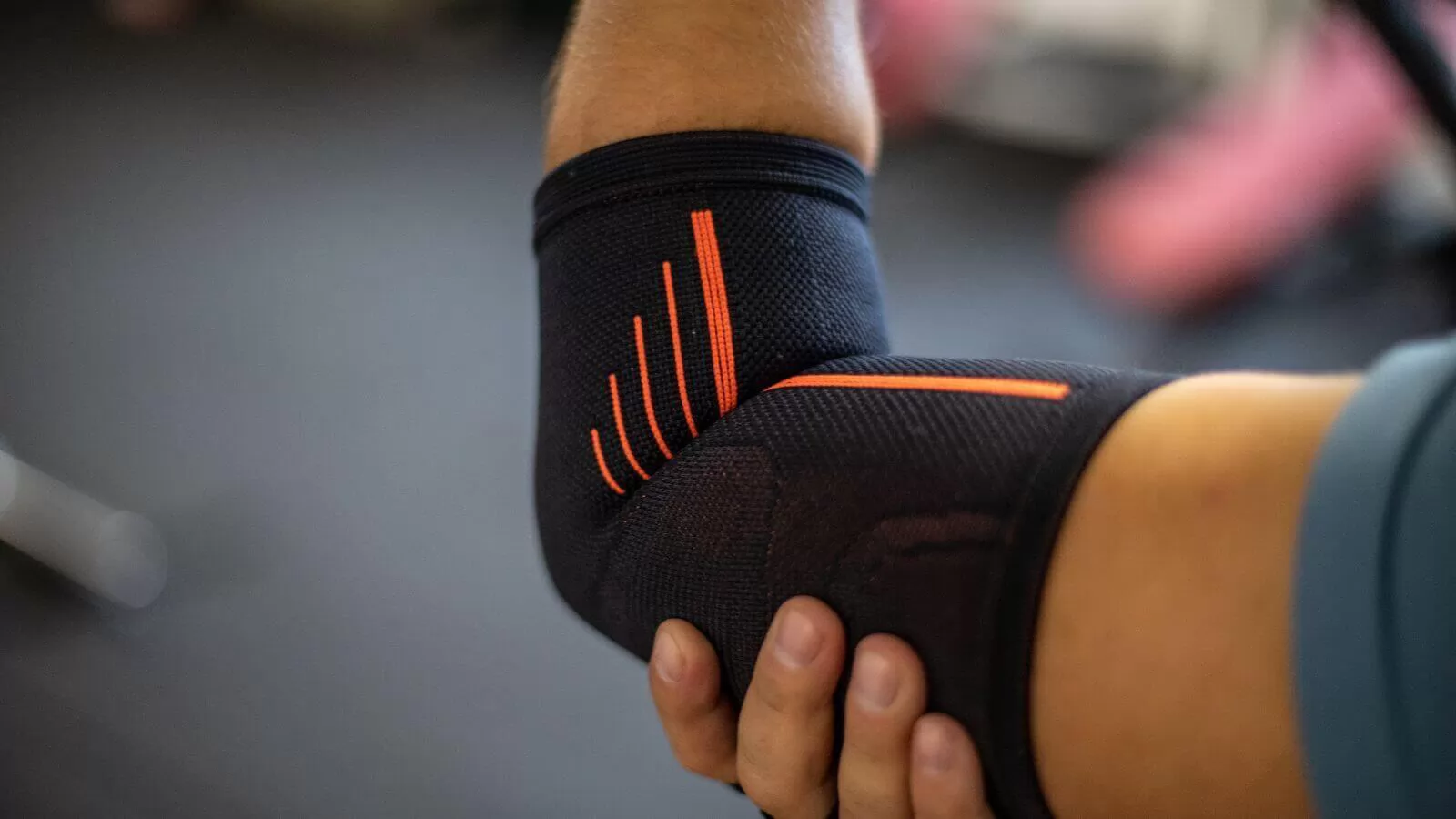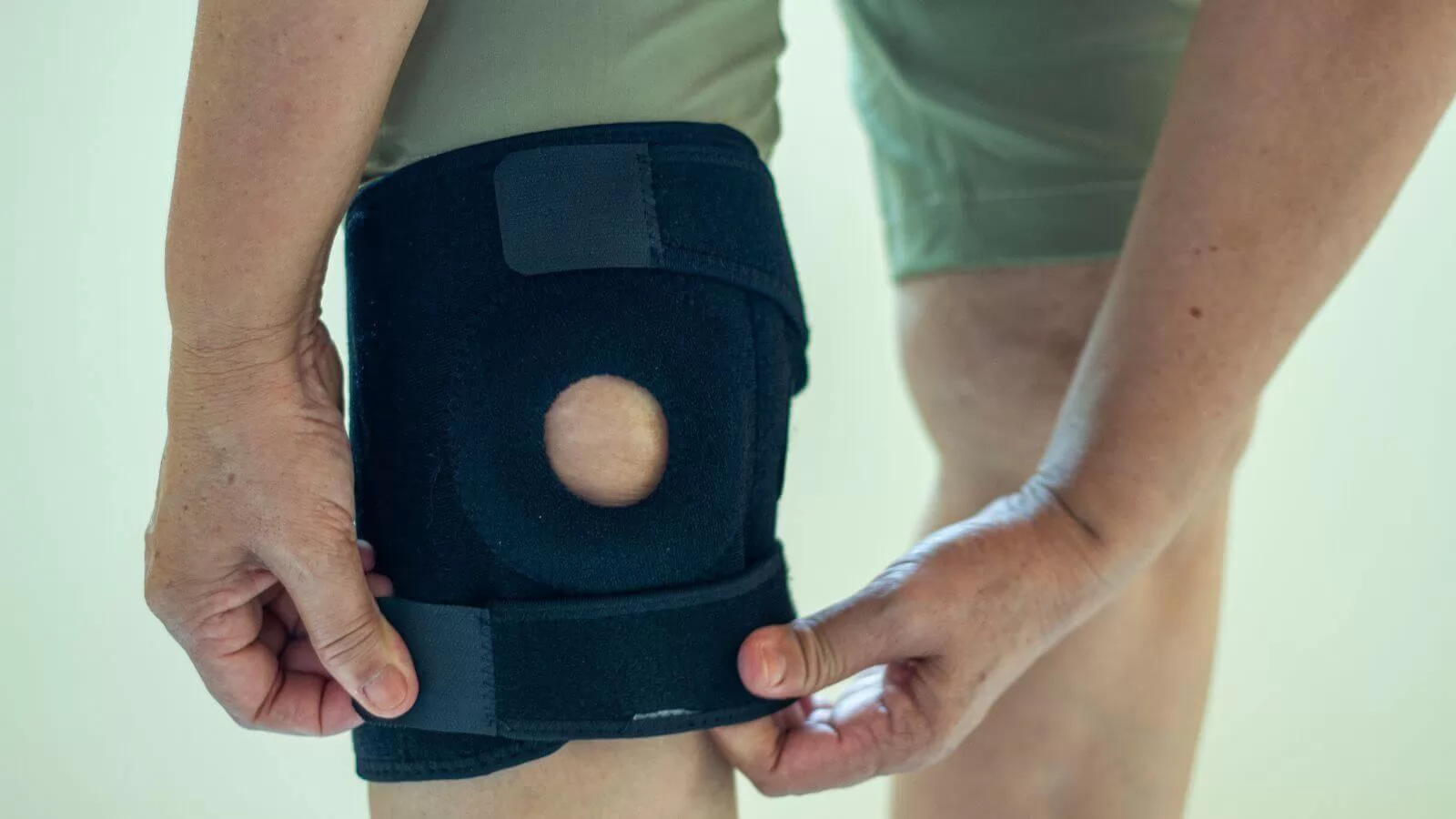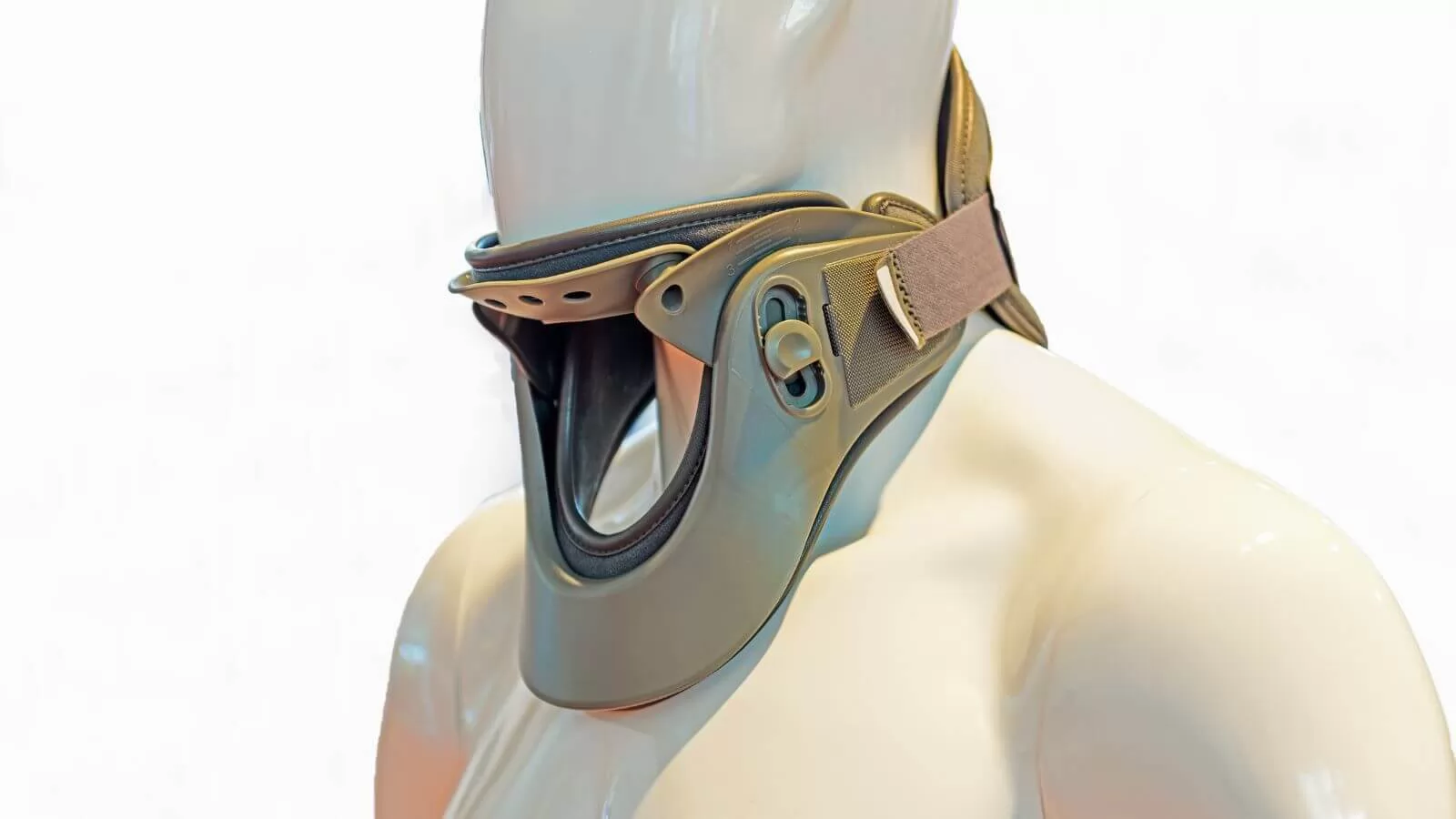
Sports, while exhilarating and beneficial for health, inherently involve the risk of injury. From head traumas in football to joint injuries in basketball or skateboarding, protective gear plays a vital role in minimizing these risks. But what exactly makes protective equipment effective? This article explores the science behind how sports protective gear works, shedding light on the design, materials, and innovation that keep athletes safe.
1. The Science of Impact: How Sports Injuries Occur
Understanding how injuries happen is key to appreciating how protective gear functions. Most sports injuries result from sudden impacts, falls, or overextension of joints. These actions exert force on the body—impact force, compression, tension, or shear—that can cause damage to bones, muscles, ligaments, or internal organs.
Protective gear is designed to manage these forces by either absorbing them, dispersing them, or restricting movement to prevent injury. For example, a helmet dissipates impact force across a larger area of the skull, reducing the risk of concussion.
2. Types of Sports Protective Gear

There are various types of sports protective gear, including helmets, pads, mouthguards, and compression clothing. Each type of gear is designed to protect athletes from specific types of injuries that are common in their sport. For example, helmets protect the head from traumatic brain injuries, while pads protect joints from impact injuries.
● Helmets:
Helmets are among the most common types of sports safety equipment. They are essential in sports where head injuries are widespread, such as football, hockey, and cycling. Helmets are frequently constructed of stiff, impact-resistant materials like as polycarbonate, with a foam lining to absorb and spread impact force. They usually have supplementary features like as face guards and chin straps to provide additional protection.
● Pads:
Another frequent form of sports protective equipment is pads, which are intended to protect joints such as knees, elbows, and shoulders from impact injuries. They are usually constructed of foam or other shock-absorbing materials and worn beneath clothing or as part of an athlete's outfit. Pads are available in a variety of forms and sizes, and are meant to fit securely and pleasantly, allowing athletes to move freely while yet providing necessary protection.
● Mouthguards:
Mouthguards are an important aspect of sports protective equipment. They shield the teeth, gums, and jaw against impact injuries caused by crashes or falls. They are normally worn over the front teeth and are constructed of a flexible, shock-absorbing material. Mouthguards come in a variety of sizes and forms, and athletes can select between conventional and custom-fitted choices.
● Compression clothing:
Compression clothing is a relatively new sort of sports protective gear that has grown in popularity in recent years. It is intended to improve performance by increasing blood flow, decreasing muscular fatigue, and giving joint and muscle support. Compression gear is typically worn during sports such as running, cycling, and weightlifting and is comprised of flexible, breathable fabrics that hug closely against the skin.
Each piece is engineered to counteract specific forces and injury mechanisms associated with the movements and collisions common in each sport.
Looking for the Perfect Wrist Brace Solution?
3. Advanced Materials Used in Modern Protective Gear

Modern sports gear uses a wide range of specialized materials, including:
-
Expanded Polypropylene (EPP) Foam: Lightweight, durable, and able to recover shape after impact.
-
Thermoplastic Polyurethane (TPU): Often used in helmets for its high impact resistance.
-
Kevlar and Carbon Fiber: Extremely strong and lightweight materials used for rigid shell protection.
-
Gel Inserts and Memory Foam: Provide localized comfort and shock absorption.
-
Moisture-Wicking and Antimicrobial Fabrics: Improve comfort and hygiene for long-term wear.
The effectiveness of protective gear lies not only in its form but also in these materials' ability to respond dynamically to stress.
4. Testing of Sports Protective Gear

To guarantee that it offers the essential protection to players during competitions and practises, sports protective equipment must undergo thorough testing. To establish how well their products work in preventing injuries, sports protective equipment manufacturers employ a variety of testing techniques.
5. History of Sports Protective Gear

Sports protective gear has been used for decades to protect athletes from injuries during sports activities. The earliest forms of sports protective gear were simple and consisted of leather caps and rudimentary padding. As sports became more popular and more competitive, the need for more advanced and effective protective gear became apparent.
Football players started using leather helmets in the early 1900s. However ineffective they were in preventing concussions, these helmets did offer some protection against head trauma. The football helmet's efficiency in avoiding head injuries was greatly increased when padding was added to it in the 1940s.
Sports protective equipment has become increasingly sophisticated and efficient as a result of improvements in safety regulations and technological advancements throughout time. For instance, the design of football helmets was revolutionised when polycarbonate was introduced in the 1970s, making them more impact-resistant and effective in preventing head injuries.
The latest materials and technology are incorporated into sports protective equipment today to offer players the best possible protection. Every athlete's kit must include sports protective gear, which can range from helmets and pads to mouthguards and face shields.
6. Choosing the Right Sports Protective Gear
Athletes who wish to lower their risk of injury and perform at their peak must select the proper sports protective equipment. Fit, comfort, and performance are just a few things keep in mind while choosing sports protective gear.
-
Fit: Proper sizing is crucial. Ill-fitting gear may not offer full protection.
-
Sport-Specific Design: Ensure the equipment is intended for your specific activity.
-
Certifications: Look for CE, ASTM, or NOCSAE marks.
-
Material Quality: Check for multi-layer foam, reinforced straps, and breathable fabrics.
-
Comfort: Uncomfortable gear may reduce performance or lead athletes to remove it.
Finally, players need to understand how crucial it is to maintain and update their sports protective equipment as needed. Protective equipment can become worn out or destroyed over time, decreasing its ability to stop harm. Athletes should check their equipment often for signs of deterioration and replace it as necessary.
Conclusion
Athletes who want to be safe and perform at their best must wear sports protection equipment. Athletes currently have access to a wide variety of sports protective equipment, including face shields, helmets, and pads. Athletes may choose the best equipment for their sport by being knowledgeable about the components used in sports protective gear and the testing procedures used to assure its efficacy.
We may anticipate even more advanced and efficient sports protective gear in the future, assisting players in remaining safe and performing at their best, thanks to continued developments in sports biomechanics and technology.
If you have other needs, please contact us!

